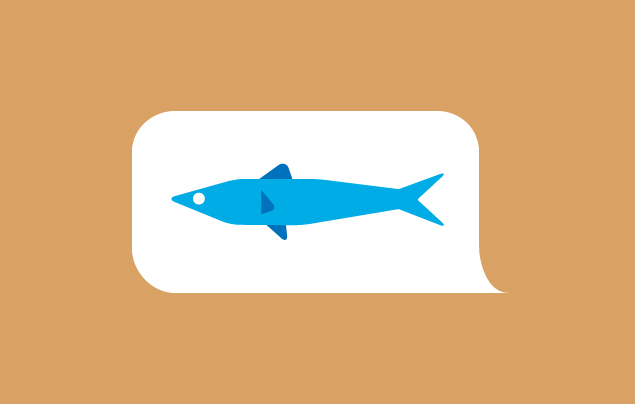5 Steps to a Successful Digital Content Strategy

When clients engage us to build their new website or blog, we always start the project by developing a digital content strategy. We believe a robust content strategy serves as the roadmap to effectively communicate brand content to the right audiences. Once the content strategy is established, the content creation will follow with clear direction and purpose.
Here are 5 steps you can follow to build a successful digital content strategy for your brand.
Step 1 / Why: Goal Statement
A clear goal behind your brand serves as the underlying foundation for your overall content strategy. What is your brand’s mission or narrative, and how will content creation align with that mission? Your goal statement will establish your brand’s identity and positioning, while defining how your content will cater to your audience.
Step 2 / Who: Audiences
Next, define your primary and secondary audiences, and understand their reasons to interact with your brand’s content. Why should your audience engage with your brand, and what do you want them to know, learn or do? With a solid grasp of your audience demographics, interests and needs, you will discover the intersection of what you have to offer with what they want from you.
Step 3 / What: Content Audit
If your brand already has content on digital channels, audit the currently existing content. Looking at metrics for your website or social media channels will reveal what kind of content attracts interest and fosters engagement from your audience, and will help you uncover content areas that are underserved (lack traffic). With an idea of what kind of content is working and what isn’t, and how that fits with your goal statement, you can pinpoint gaps to build out more content, as well as strengths where you can further expand your content creation.
Step 4 / Where: Distribution Channels
How will the digital platforms – e.g., website, blog, YouTube, Facebook, Twitter, Instagram, LinkedIn, Vine – be integrated into your brand’s holistic digital presence? While social platforms should serve as an extension of the website, all social content should tie back to the overall goal for the content strategy and the brand itself, being careful not to create engagement that goes nowhere. Determine the distribution of static, basic content that’s directly connected to the brand’s objectives (relevant content), along with the shareable, spreadable content that will generate conversation among your audience (resonant content). Find a balance between the amount of relevant and resonant content, always keeping in mind the content’s connection to the goal statement and audience.
Step 5 / How: Content Organization
Once you have an idea of the types of content you want to communicate, the next step is to conceptualize how the content will be organized, both structurally and visually. For websites or blogs, draft a sitemap for a quick and easy way to visualize how different content categories relate to each other. Treat each content type as a separate page on your website, and determine how these pages will be grouped and arranged. For particular pages within your site, such as a homepage or an internal page with a lot of content, mock up a wireframe that gives structure to how the content will be laid out.
The sitemap and wireframes serve as both a visual hierarchy of content as well as an outline for your site’s navigation. While they help formulate a structure your site, they also serve as useful tools for user experience — from determining how easily users can navigate through your site to how users will consume content on a specific page.
***
With a content strategy in place, you will be able to engage in a more purposeful creation of content. But as with every strategy, content strategies are meant to evolve after they’ve been implemented. Check your analytics regularly to measure the reception of your content. By making observations and uncovering through analytics, you’ll be able to spot opportunities for improvement and continue to make thoughtful adjustments to your content strategy.
Ji-Sook Yim is a Content Strategist at Otherwise Incorporated.
Illustration Credit: Yuri Canales, Graphic Designer at Otherwise Incorporated













